图像识别的前期工作——使用pillow进行图像处理
2017-09-08 10:27
369 查看
pillow是个很好用的python图像处理库,可以到官方网站下载最新的文件。如果官网的任何PIL版本都不能与自己的python版本对应,或安装成功后发现运行出错,可以尝试从一个非官方的whl网站下载:http://www.lfd.uci.edu/~gohlke/pythonlibs/#scipy
这个网站的内容相当丰富,而且版本齐全。
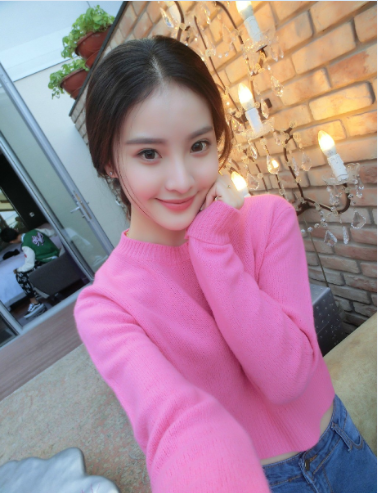
控制台显示:size=(461, 603), mode=RGBA, format=PNG
代码很简单,但PIL使用操作系统的默认方式打开图片,我们需要用一些更牛叉的方式打开:
1 (1-bit pixels, black and white, stored with one pixel per byte)
L (8-bit pixels, black and white)
P (8-bit pixels, mapped to any other mode using a colour
4000
palette)
RGB (3x8-bit pixels, true colour)
RGBA (4x8-bit pixels, true colour with transparency mask)
CMYK (4x8-bit pixels, colour separation)
YCbCr (3x8-bit pixels, colour video format)
I (32-bit signed integer pixels)
F (32-bit floating point pixels)
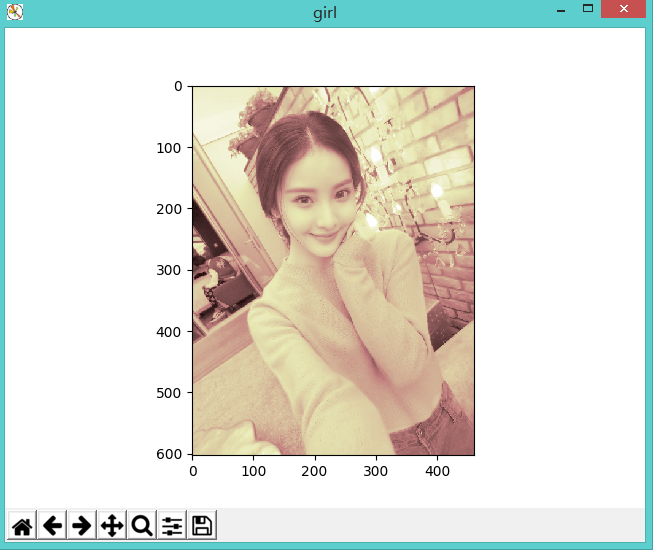
rgb指红绿蓝光色三原色,a指alpha通道,一般用作不透明度参数
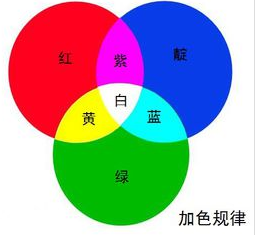
img = Image.open('girl0.png')
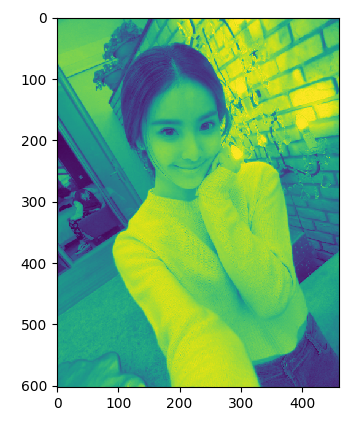
需要注意的是,并非所有图片都有alpha通道,此时 img.split()仅能返回r,g,b
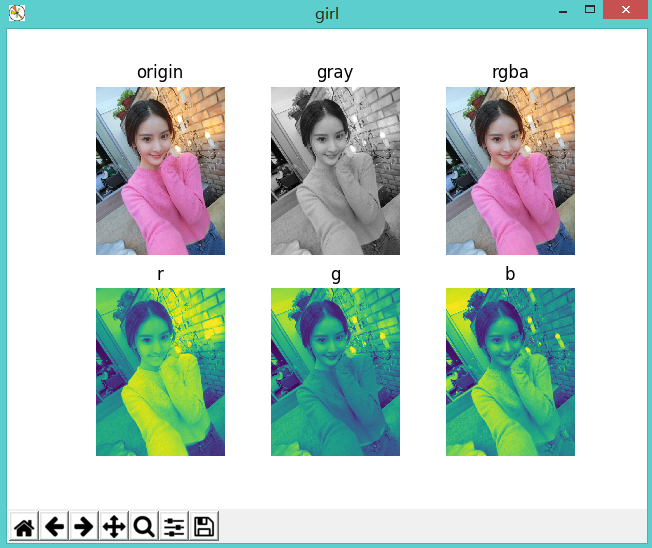
到了关键时刻
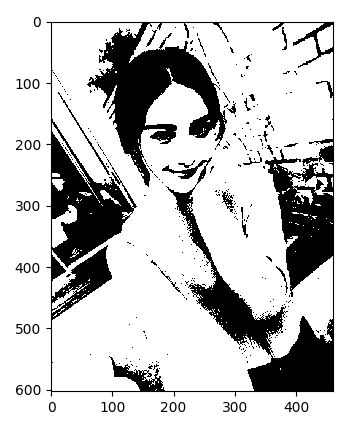
图片由像素组成,每个像素对应着rgb值,整个图片可以看成一个矩阵。我们将大于128的像素点转换为1,其它转换为0。如果有一张背景色是彩色的手写文字,经过二值化处理后得到这样的图片:
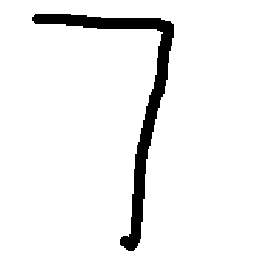
如果图片大小不一,不利于下一步工作,在此需要将图片压缩成统一大小,对于手写数字,可将其压缩为32*32
可以将二值化处理后的图片打印出来
于是手写数字变成了这样:
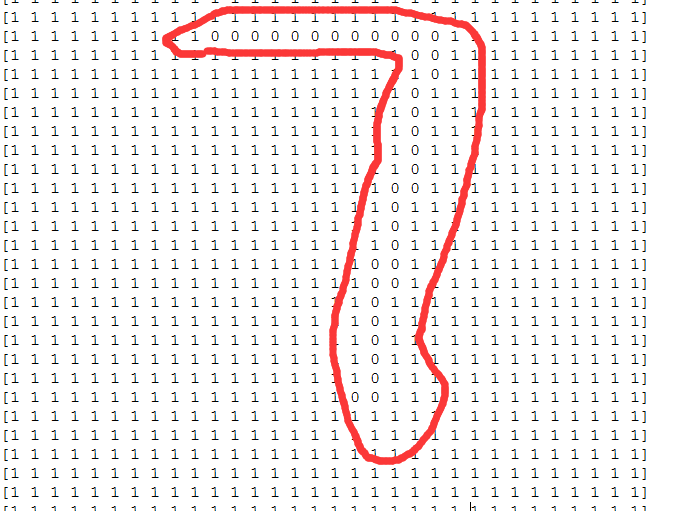
这就好玩了。其基本思路是将多维特征转换为容易识别的二维特征,使用KNN或神经网络等方法进行学习,从而使计算机识别出正确的数字。后续文章将会介绍如何设别。
参考文献:
http://fc-lamp.blog.163.com/blog/static/174566687201282424018946
这个网站的内容相当丰富,而且版本齐全。
打开图片
from PIL import Image
import matplotlib.pyplot as plt
img = Image.open('girl.png')
img.show()
控制台显示:size=(461, 603), mode=RGBA, format=PNG
代码很简单,但PIL使用操作系统的默认方式打开图片,我们需要用一些更牛叉的方式打开:
from PIL import Image
import matplotlib.pyplot as plt
img = Image.open('girl0.png')
model = img.convert('L')
plt.figure("girl")
#the argument comp is Colormap
plt.imshow(model, cmap='pink')
plt.show()1 (1-bit pixels, black and white, stored with one pixel per byte)
L (8-bit pixels, black and white)
P (8-bit pixels, mapped to any other mode using a colour
4000
palette)
RGB (3x8-bit pixels, true colour)
RGBA (4x8-bit pixels, true colour with transparency mask)
CMYK (4x8-bit pixels, colour separation)
YCbCr (3x8-bit pixels, colour video format)
I (32-bit signed integer pixels)
F (32-bit floating point pixels)

分离rgba
rgb指红绿蓝光色三原色,a指alpha通道,一般用作不透明度参数
img = Image.open('girl0.png')
# 分离rgba
r, g, b, a = img.split()
plt.figure("girl0")
plt.imshow(r)
plt.show()
需要注意的是,并非所有图片都有alpha通道,此时 img.split()仅能返回r,g,b
显示多个图片
from PIL import Image
import matplotlib.pyplot as plt
img = Image.open('girl0.png')
gray = img.convert('L')
# 分离rgba
r, g, b, a = img.split()
plt.figure("girl")
def setPlot(num, title):
#subplot(nrows, ncols, plot_number)
#图表的整个绘图区域被等分为numRows行和numCols列,然后按照从左到右、从上到下的顺序对每个区域进行编号,左上区域的编号为1
plt.subplot(2, 3, num)
plt.title(title)
plt.axis('off')
setPlot(1, 'origin')
plt.imshow(img)
setPlot(2, 'gray')
plt.imshow(gray, cmap='gray')
setPlot(3, 'rgba')
# 合并rgba
plt.imshow(Image.merge('RGBA', (r, g, b, a)))
setPlot(4, 'r')
plt.imshow(r)
setPlot(5, 'g')
plt.imshow(g)
setPlot(6, 'b')
plt.imshow(b)
二值化处理
到了关键时刻from PIL import Image
import matplotlib.pyplot as plt
#二值化处理
img = Image.open('girl0.png')
gray = img.convert('L')
WHITE, BLACK = 1, 0
img_new = gray.point(lambda x: WHITE if x > 128 else BLACK)
plt.imshow(img_new, cmap='gray')
plt.show()
图片由像素组成,每个像素对应着rgb值,整个图片可以看成一个矩阵。我们将大于128的像素点转换为1,其它转换为0。如果有一张背景色是彩色的手写文字,经过二值化处理后得到这样的图片:

图片压缩
如果图片大小不一,不利于下一步工作,在此需要将图片压缩成统一大小,对于手写数字,可将其压缩为32*32#等比例压缩图片 #参考 http://fc-lamp.blog.163.com/blog/static/174566687201282424018946/ def resizeImg(**args): #dst_w,dst_h 目标图片大小, save_q 图片质量 args_key = {'ori_img':'', 'dst_img':'', 'dst_w':'', 'dst_h':'', 'save_q':75} arg = {} for key in args_key: if key in args: arg[key] = args[key] im = Image.open(arg['ori_img']) ori_w, ori_h = im.size widthRatio = heightRatio = None ratio = 1 if (ori_w and ori_w > arg['dst_w']) or (ori_h and ori_h > arg['dst_h']): if arg['dst_w'] and ori_w > arg['dst_w']: widthRatio = float(arg['dst_w']) / ori_w if arg['dst_h'] and ori_h > arg['dst_h']: heightRatio = float(arg['dst_h']) / ori_h if widthRatio and heightRatio: if widthRatio < heightRatio: ratio = widthRatio else: ratio = heightRatio if widthRatio and not heightRatio: ratio = widthRatio if heightRatio and not widthRatio: ratio = heightRatio newWidth = int(ori_w * ratio) newHeight = int(ori_h * ratio) else: newWidth = ori_w newHeight = ori_h im.resize((newWidth, newHeight), Image.ANTIALIAS).save(arg['dst_img'], quality=arg['save_q'])
可以将二值化处理后的图片打印出来
resizeImg(ori_img='7.jpg', dst_img='7_1.jpg', dst_w=32, dst_h=32, save_q=60)
#二值化处理
img = Image.open('7_1.jpg')
gray = img.convert('L')
WHITE, BLACK = 1, 0
img_new = gray.point(lambda x: WHITE if x > 128 else BLACK)
arr = nmp.array(img_new)
for i in range(arr.shape[0]):
print(arr[i].flatten())于是手写数字变成了这样:

这就好玩了。其基本思路是将多维特征转换为容易识别的二维特征,使用KNN或神经网络等方法进行学习,从而使计算机识别出正确的数字。后续文章将会介绍如何设别。
参考文献:
http://fc-lamp.blog.163.com/blog/static/174566687201282424018946
相关文章推荐
- 图像识别的前期工作——使用pillow进行图像处理
- 使用pillow进行图像处理
- 使用BP神经网络和图像处理 进行的 识别纺织机纱管
- 使用谷歌开源组件tesseract-OCR识别身份证,通过opencv处理图像后再进行识别(windows版本)
- Android图像处理简介の使用内置Camera应用程序进行图像捕获
- 使用C#进行图像处理的几种方法
- 使用C#进行图像处理的几种方法
- [转]使用C#进行图像处理的几种方法
- 七.使用OpenCv进行图像颜色识别
- opencv图像边缘检测使用,先做平滑处理在进行边缘检测
- 使用Matlab进行图像处理
- 使用 Java 进行图像处理 - 将彩色图像转换为灰度图
- 使用 Java 进行图像处理 - 图像裁剪
- 使用 Java 进行图像处理 - 图像翻转
- 使用 Java 进行图像处理 - 图像缩放
- php使用imagick进行图像处理
- 使用OpenGl GLSL进行数字图像处理
- Android图像处理简介の使用内置Camera应用程序进行图像捕获
- 【数字图像处理】使用kmeans算法对TrueColor图片进行优化
- OpenCV学习笔记(8)VS2008 MFC下使用OpenCV2.0进行简单图像处理
